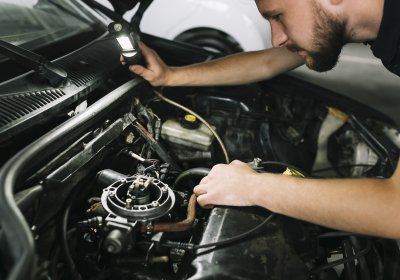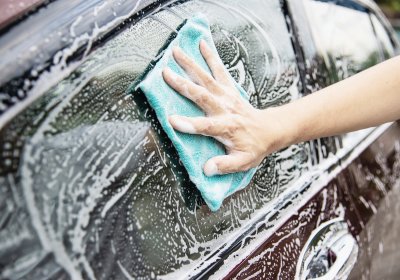Are the pressure sensors in the car useful?

At first glance, the air pressure sensors in the wheels of a car seem to be a minor, but quite useful addition to the vehicle's equipment. Unfortunately, in many respects they also make it much more difficult to use a car. For example, they make a seemingly simple wheel replacement a much more complicated task, involving going to a car repair shop. The main task of TPMS systems used in cars is the current measurement of wheel pressure in the car and informing the user about a sudden puncture. However, many drivers have discovered from these measurements that having two sets of tyres - winter and summer - is completely off-track and completely unprofitable. Why would I do that?
Of course, the first argument here is the cost. Buying an additional set of tires is simply a big expense; tires of affordable quality can be quite expensive and cost even a few hundred zlotys per unit, depending on the specific car model. Sometimes there are also rims, which are an additional expense. In cars where TPMS sensors are installed, standard wheel replacement can be a big problem. First of all, immediately after changing the set to another one, it is usually necessary to go to a car repair shop, because without proper work, the pressure measurement system will not work properly with the new tyres.
The TPMS system usually consists of a set of small sensors placed directly next to the wheels. Each of them is assigned to its own place in the car - the system uses a radio signal to recognize which sensor is sending a message about any irregularities. Each sensor has its own unique code, which is assigned to it and thanks to which the control panel of the system can recognize where the signal comes from in the car. However, when we change tyres to new tyres, the system is a kind of deregulation. Although he still receives signals and recognizes the codes of individual sensors, he no longer knows which of them is assigned to which transmitter. This exact assignment of codes to sensors is very important. Of course, the system could simply receive the closest signals, but it would cause many problems. An excellent example is the situation where there are two cars with such systems next to each other when driving or at a crossroads. Let's assume that there is a fault in one of the vehicles, which is indicated by sensors at the wheels. Unfortunately, the signal is also received by a second car, misleading the driver and informing him of a fault that does not exist.
After changing the wheels, it is therefore necessary to go to a workshop to adjust the entire system and adapt it to the new tyre set. This activity is not very complicated in practice. It consists in attaching to each sensor separately a special device whose task is to read its signal and code. The device then connects to the computer in the car, to which the codes from the sensors are uploaded - and that's it. The whole operation usually takes a few minutes, but it is always an additional problem and expense for us.
Is there any way to fool this system and avoid the need for additional work? Theoretically, yes, but not in every case. Sensors are often installed in cars at the factory and encoded immediately. However, sensors are often mounted without prior coding - they are only coded in workshops. Many sensors work with many programs, while others require special software. In many cases it is therefore possible to save the codes from both sets of wheels in the software. This allows you to replace your tyres yourself, and the system will recognize the new set as soon as it is fitted and adapt its work to it. Such an operation may not be successful in every case, however - it all depends on the specific car and the type of sensors that are installed in it. Sometimes you need the help of a professional vulcanizer, which has the right tools to "trick" the system. So it's worth considering whether it's all worth the effort - sometimes it's less of a problem to just go to the workshop after each wheel change.



Komentarze (0)
Zostaw komentarz ⇾